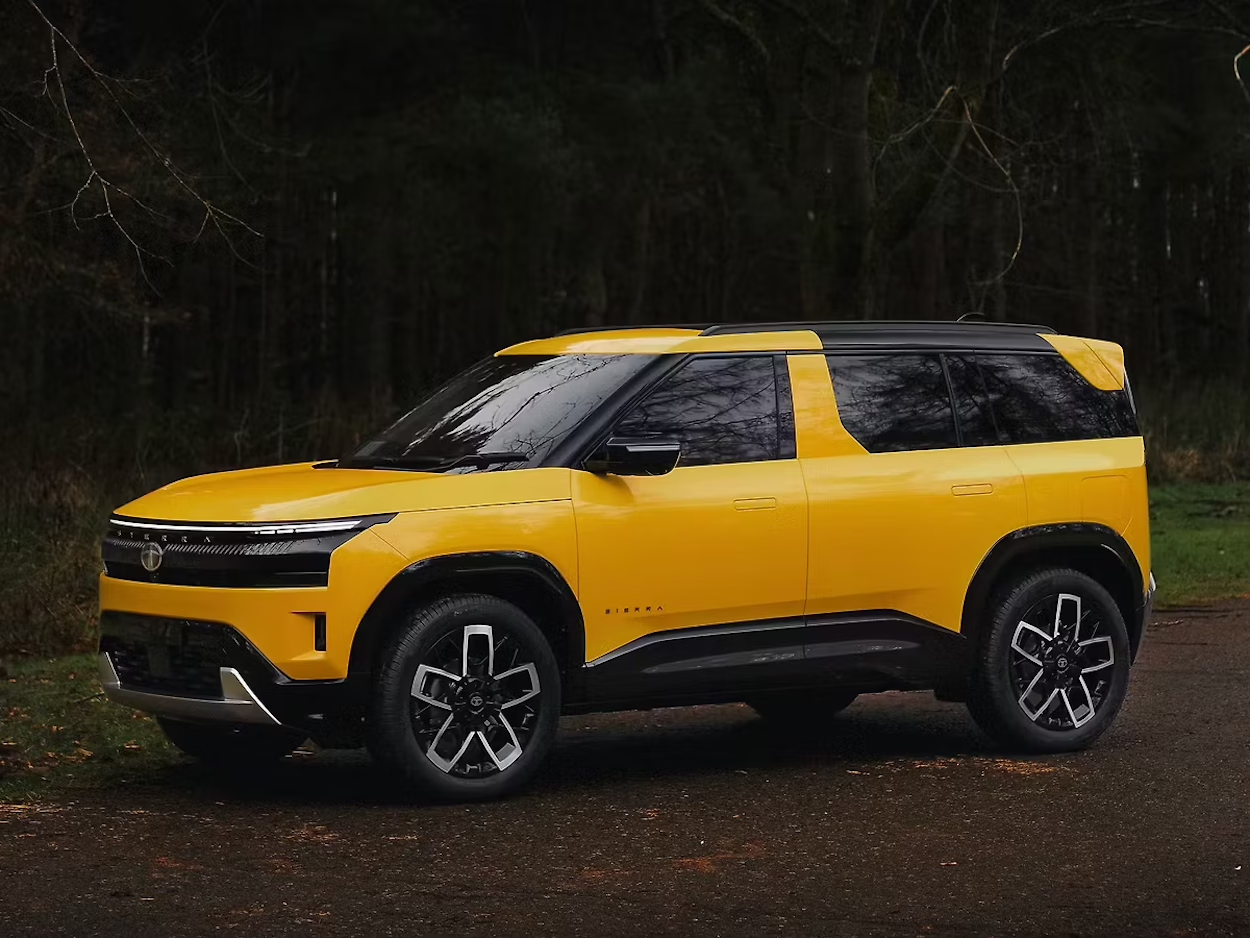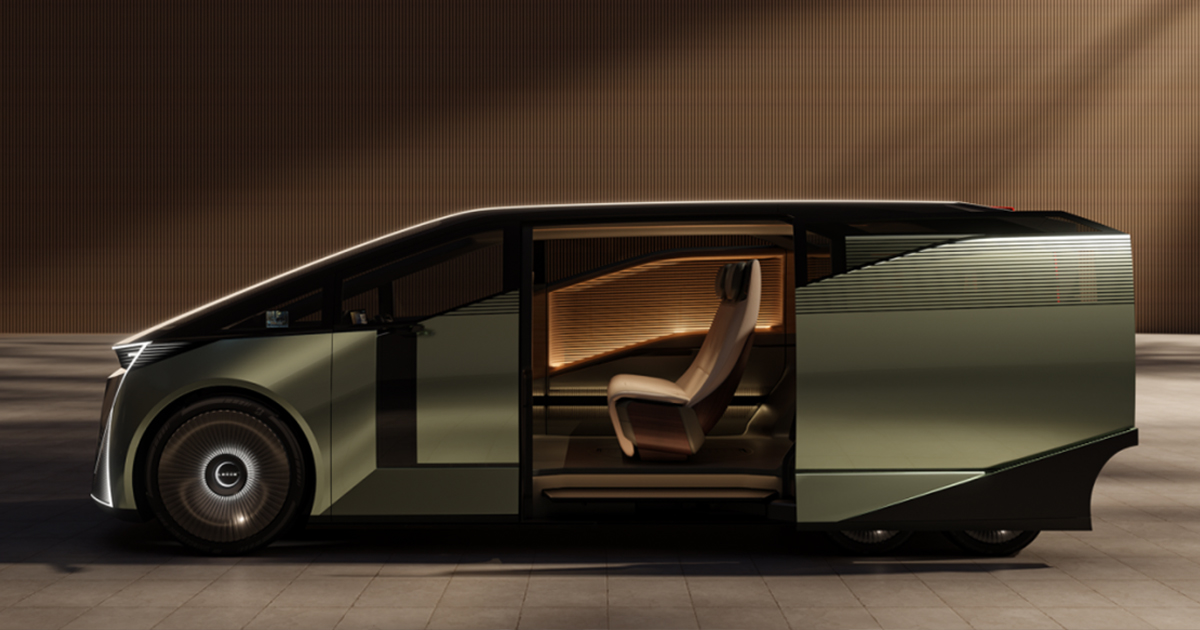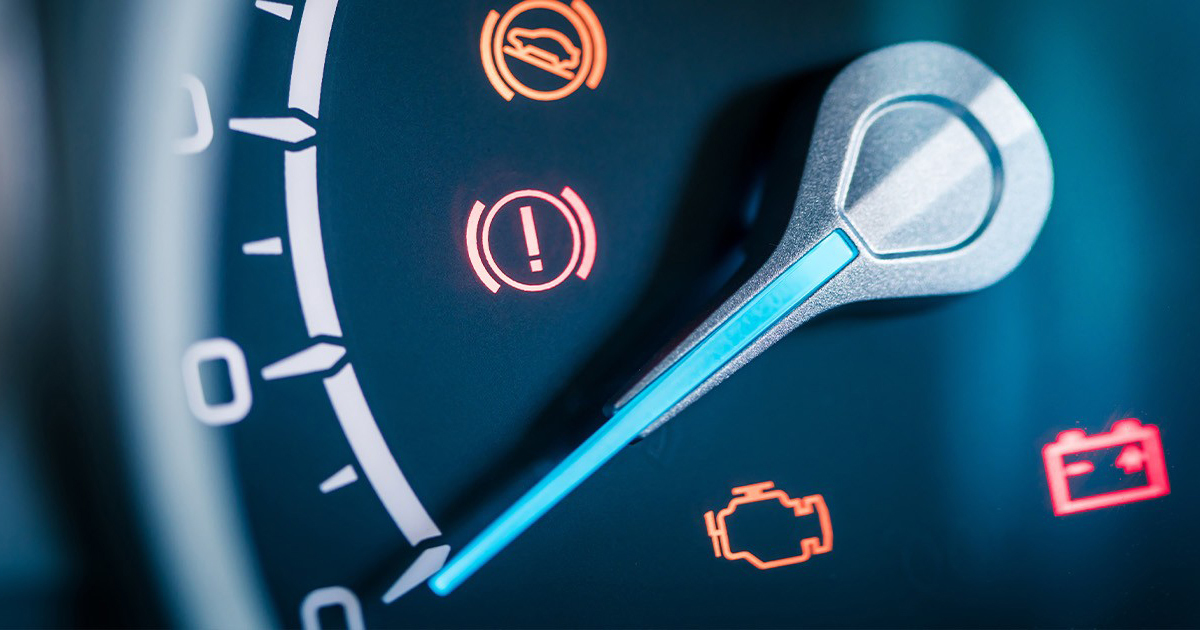India is at a crucial crossroads when it comes to urban mobility. With pollution levels reaching alarming heights in metro cities, rising fuel prices burdening daily commuters, and traffic congestion affecting productivity, the demand for cleaner and more efficient transportation (green mobility) is louder than ever. Traditional internal combustion engine (ICE) vehicles, while dominant for decades, are no longer sustainable from an environmental or economic perspective.
In this scenario, green mobility, led by electric vehicles (EVs) and hybrid technology, has emerged as the most promising alternative. EVs offer zero tailpipe emissions, significantly lower running costs, and quieter performance, making them ideal for modern urban settings. India’s growing awareness around climate change and energy conservation has further accelerated this transition.
Tata Motors, one of the most respected automobile manufacturers in India, has positioned itself as a trailblazer in the green mobility movement. Known for its deep-rooted engineering capabilities and consumer-centric approach, Tata has taken bold strides to make EVs accessible, reliable, and truly Indian. By launching a range of electric and hybrid vehicles suited for every segment—from compact hatchbacks to SUVs—Tata Motors is helping reshape the future of commuting.
What makes Tata’s approach unique is its focus on combining innovation, affordability, and sustainability in every offering. With a growing EV portfolio, localized manufacturing, and strategic partnerships for charging infrastructure, Tata is laying the foundation for a cleaner, greener India.
Why Green Mobility is the Future of Transportation?
The conventional automotive industry, while instrumental in shaping mobility over the last century, has also contributed heavily to air pollution and carbon emissions. Internal combustion engine (ICE) vehicles emit a mix of pollutants, including CO₂, NOx, and particulate matter, which degrade air quality and threaten public health, especially in densely populated cities. With global climate change now an undeniable reality, shifting to greener alternatives is no longer optional; it’s imperative.
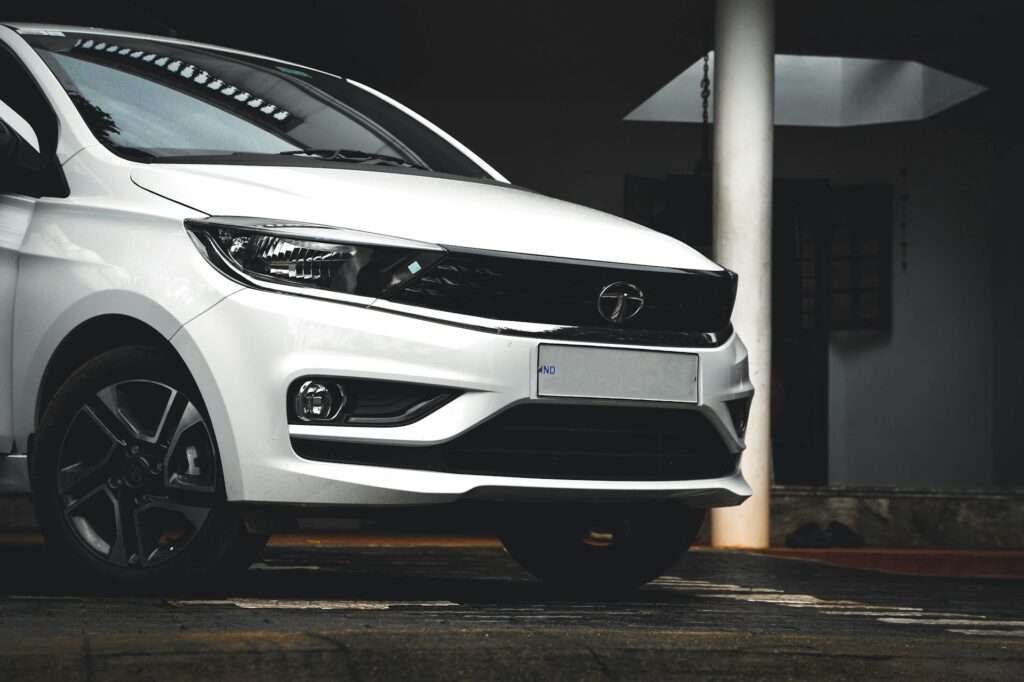
Electric vehicles (EVs) and hybrids offer a direct solution. They are far more energy-efficient, emit little to no pollutants, and operate silently, reducing noise pollution. EVs are also less dependent on fossil fuels, making them an important part of India’s energy security strategy. On the road, they deliver instant torque and a smoother drive, enhancing the user experience as well.
Government policies have also played a vital role in supporting the green mobility shift. Programs like FAME II (Faster Adoption and Manufacturing of Hybrid and Electric Vehicles) provide subsidies on EV purchases and infrastructure development. Many states are offering tax exemptions, registration waivers, and electricity discounts to further encourage adoption.
Crucially, the development of affordable, locally manufactured EVs is key to mass acceptance. Imported EVs are often expensive and less suited to Indian road conditions. That’s why manufacturers like Tata Motors, which produce EVs in India and cater to domestic needs, are so vital. Their role goes beyond selling cars; they’re building the ecosystem that will make electric mobility mainstream across the country.
Tata Motors: Driving India’s Shift Towards Green Mobility
Tata Motors has emerged as a frontrunner in India’s transition to sustainable mobility. More than just launching electric cars, the company is creating an entire ecosystem to make EV adoption seamless and future-ready. Through strategic investment in R&D, manufacturing, and charging solutions, Tata is pushing the boundaries of what Indian electric mobility can achieve.
A major turning point in Tata’s green strategy was the launch of Tata Passenger Electric Mobility (TPEM), a dedicated subsidiary focused entirely on electric vehicles. This move allowed Tata to streamline EV design, development, and market delivery with greater efficiency and customer focus. TPEM is not just about building EVs; it’s about building the EV culture in India.
At the heart of Tata’s EVs is its Ziptron architecture, an indigenous technology platform that powers all current electric models. Ziptron is designed for high performance, safety, and durability in Indian conditions. It includes a high-voltage lithium-ion battery, an efficient permanent magnet motor, and advanced thermal and battery management systems.
To ensure EV usability, Tata Motors has also formed partnerships with Tata Power to expand the public charging network. Whether it’s home charging or fast public stations, Tata customers benefit from a growing support system. Additionally, its growing EV service network across India ensures timely assistance and low maintenance.
Tata’s mission is clear—achieve net-zero emissions and help India build a cleaner transportation future. Through innovation, affordability, and commitment, Tata Motors is not only delivering EVs—it’s delivering impact.
Top 7 Hybrid & EV Cars by Tata Motors Championing Green Mobility
From current models to futuristic design, here is the list of the most hyped, eco-friendly cars from Tata Motors in India in 2025:
- Tata Nexon EV (MR & LR)
- Tata Tiago EV
- Tata Tigor EV
- Tata Punch EV
- Tata Curvv EV (Upcoming – 2025 Launch)
- Tata Harrier EV (Upcoming)
- Tata Altroz CNG & Hybrid (Future Tech)
Review of the Best 7 Cars by Tata Motors for a Green Future
Let us learn about each of the above-listed cars in detail and check how eco-conscious drivers can choose the best ride in 2025.
1. Tata Nexon EV (MR & LR) – The Best-Selling Electric SUV in India
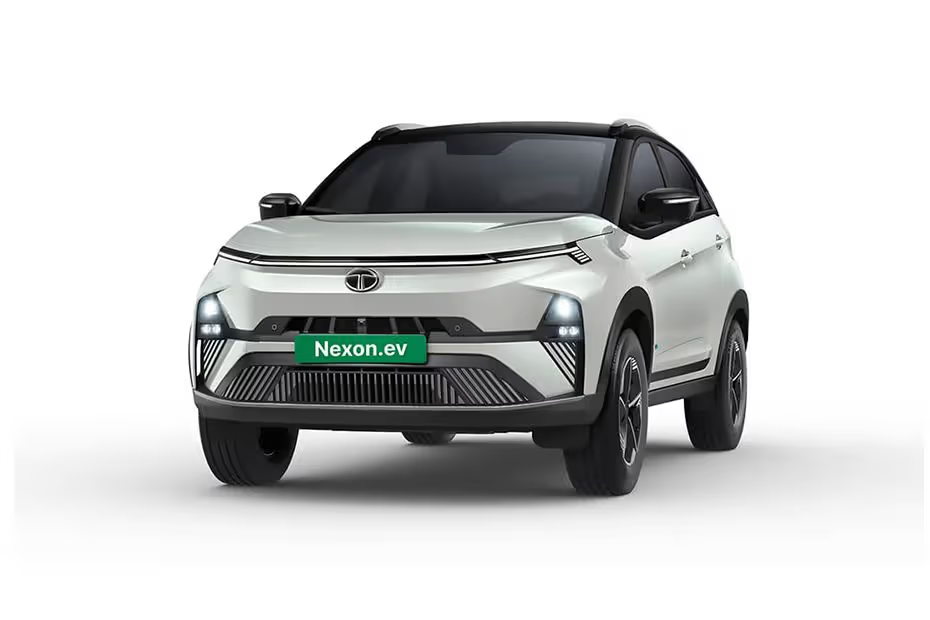
Overview: The Tata Nexon EV is India’s most popular electric SUV, symbolizing how Tata Motors is leading green mobility through mass-market adoption. With a bold design, proven reliability, and advanced features, it’s the go-to choice for EV buyers seeking performance and practicality.
Electric Powertrain & Battery: It comes in two versions: Medium Range (MR) with a 30 kWh battery and Long Range (LR) with a 40.5 kWh battery, both powered by Tata’s Ziptron technology. The electric motor delivers up to 142 bhp and 215 Nm torque in the LR variant.
Key Features: 6 airbags, touchscreen infotainment with Android Auto/Apple CarPlay, 360° camera, ventilated seats, sunroof, and iRA connected tech enhance the experience.
Environmental Impact: Zero tailpipe emissions make it a cleaner alternative to ICE SUVs, reducing urban air pollution significantly.
Range & Charging: The MR variant offers a real-world range of ~320 km, while the LR goes up to 465 km. Fast charging from 10% to 80% takes just under 60 minutes.
Everyday Usability: Perfect for city commutes with smooth torque delivery, and equally capable on highways with a spacious cabin and fast-charging convenience.
On-Road Price (2025): ₹15.50 lakh – ₹19.80 lakh (varies by city and variant)
2. Tata Tiago EV – Most Affordable EV for Urban Commuters
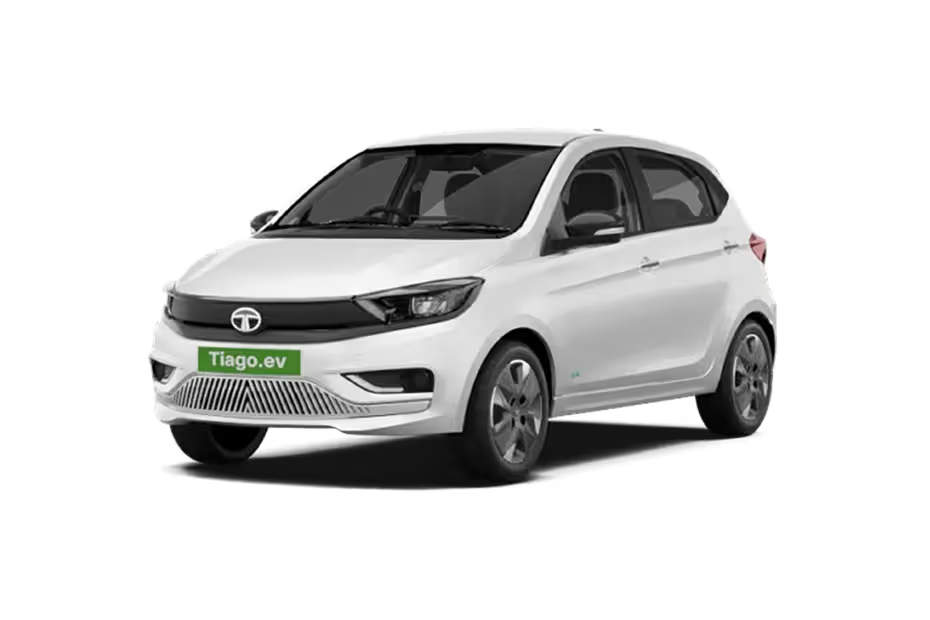
Overview: Tata Tiago EV is the most affordable electric hatchback in India, showcasing Tata Motors’ commitment to democratizing clean mobility. It targets first-time EV buyers with its compact design, easy drivability, and low running costs.
Electric Powertrain & Battery: Powered by a 19.2 kWh or 24 kWh lithium-ion battery, the Tiago EV uses a Ziptron-based motor producing up to 74 bhp and 114 Nm torque.
Key Features: Automatic climate control, cruise control, regen modes, push-button start, and Harman infotainment with 4 speakers.
Environmental Impact: An ideal city car, the Tiago EV helps lower emissions in dense traffic areas, reducing both carbon and noise pollution.
Range & Charging: Claimed range: 250 km (19.2 kWh) and 315 km (24 kWh). DC fast charging tops it up from 10–80% in under 60 minutes; home charging takes about 6–8 hours.
Everyday Usability: Built for city life, compact, lightweight, and easy to park. Its quiet electric drive makes it suitable for both students and working professionals.
On-Road Price (2025): ₹8.70 lakh – ₹11.20 lakh, making it India’s most value-packed EV.
Also Read: 8 Best Compact Cars for New Drivers in India: Easy to Drive, Easy to Park
3. Tata Tigor EV – Compact Sedan with Clean Motoring
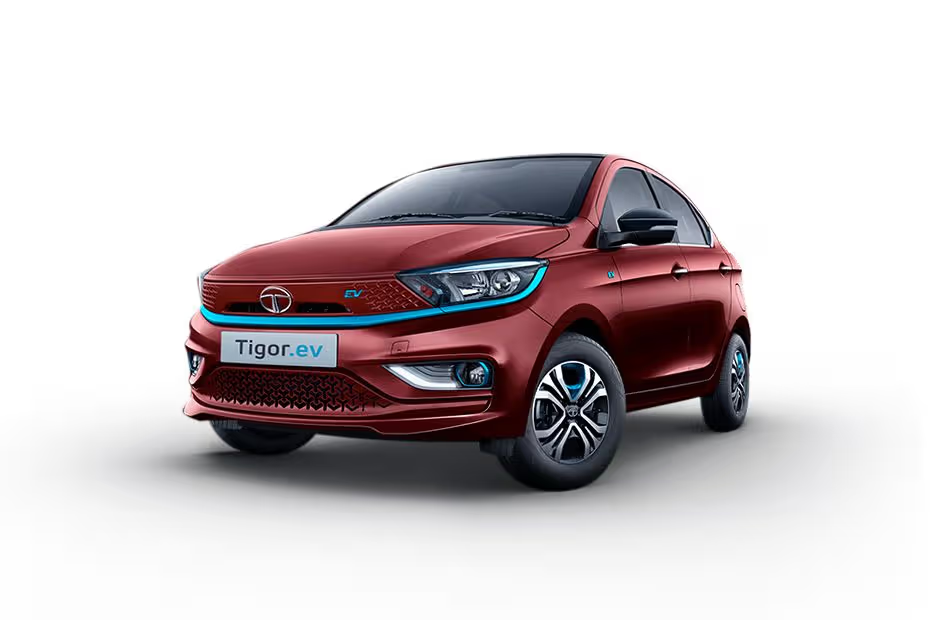
Overview: The Tata Tigor EV is a compact electric sedan offering more boot space and premium comfort. It represents Tata Motors’ push to expand green mobility options for family and business users alike.
Electric Powertrain & Battery: Under the hood, it uses Tata’s trusted Ziptron powertrain paired with a 26 kWh battery pack, generating 74 bhp and 170 Nm torque.
Key Features: Dual airbags, touchscreen infotainment, automatic climate control, regen modes, and a digital instrument cluster.
Environmental Impact: As a full-electric vehicle, the Tigor EV contributes zero tailpipe emissions—ideal for reducing carbon footprints in urban and suburban environments.
Range & Charging: Offers a claimed range of 315 km. Fast charging support allows 10–80% charge in about 59 minutes, while a standard AC charger takes around 8.5 hours.
Everyday Usability: Spacious enough for small families and comfortable enough for office commutes or business trips. The sedan layout gives it an edge over hatchbacks in boot space.
On-Road Price (2025): ₹12.30 lakh – ₹13.80 lakh, making it one of the most budget-friendly sedans in the electric segment.
4. Tata Punch EV – Stylish and Rugged City Electric SUV
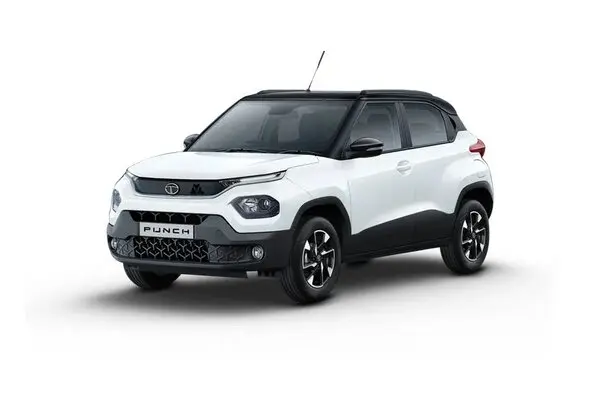
Overview: The Tata Punch EV combines SUV styling with green technology, showing how Tata Motors is leading green mobility by bringing electric options to every buyer segment. It’s compact yet rugged—ideal for city streets and semi-urban areas.
Electric Powertrain & Battery: Two battery variants: 25 kWh and 35 kWh. The top-spec delivers 120 bhp and over 190 Nm torque with Ziptron efficiency.
Key Features: 360° camera, electronic parking brake, wireless charging, 10.25-inch infotainment, and leatherette upholstery. It offers multiple regen modes and OTA updates.
Environmental Impact: Punch EV promotes sustainability by offering a zero-emission alternative in the fast-growing compact SUV segment.
Range & Charging: Real-world range goes up to 421 km. Fast charging support enables a 10–80% charge in under an hour.
Everyday Usability: The high ground clearance, peppy drive, and small footprint make it ideal for congested roads, speed bumps, and longer weekend getaways.
On-Road Price (2025): ₹11.50 lakh – ₹14.50 lakh, depending on variant and battery size.
5. Tata Curvv EV – Sleek EV Crossover for the Future
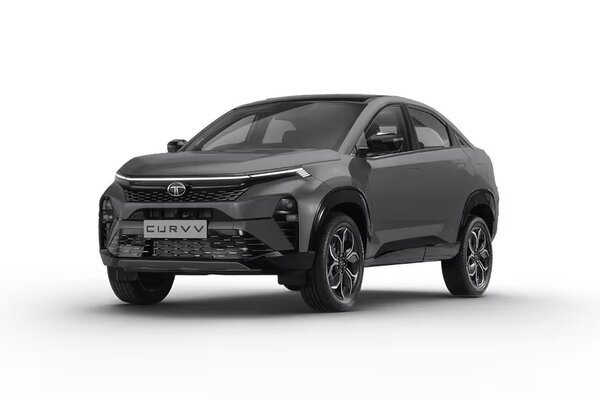
Overview: Expected to launch in late 2025, the Tata Curvv EV is a futuristic coupe-style electric crossover. With its cutting-edge design and long-range capability, it marks the next phase in Tata Motors’ commitment to premium green mobility in India.
Electric Powertrain & Battery: Though official specs are yet to be released, the Curvv EV is likely to feature Tata’s updated Ziptron platform with a ~50–60 kWh battery. Power output could exceed 150 bhp, placing it in the performance EV bracket.
Key Features: Expected features include a panoramic sunroof, dual-screen layout, advanced ADAS, connected car tech, multi-level regen braking, and fast charging.
Environmental Impact: With zero tailpipe emissions and an aerodynamic body to reduce drag, the Curvv EV will offer high energy efficiency. It appeals to climate-conscious buyers seeking futuristic yet practical transport.
Range & Charging: Tata promises a range of up to 500 km, making it one of India’s longest-range EVs. Fast DC charging support will enable quick top-ups, ideal for long road trips.
Everyday Usability: With its SUV-coupe profile, it offers high ground clearance, spacious interiors, and the range confidence needed for intercity and interstate driving.
On-Road Price (Expected – 2025): ₹20 lakh – ₹23 lakh, targeting premium EV customers and early adopters.
6. Tata Harrier EV – Premium Electric SUV for Long Journeys
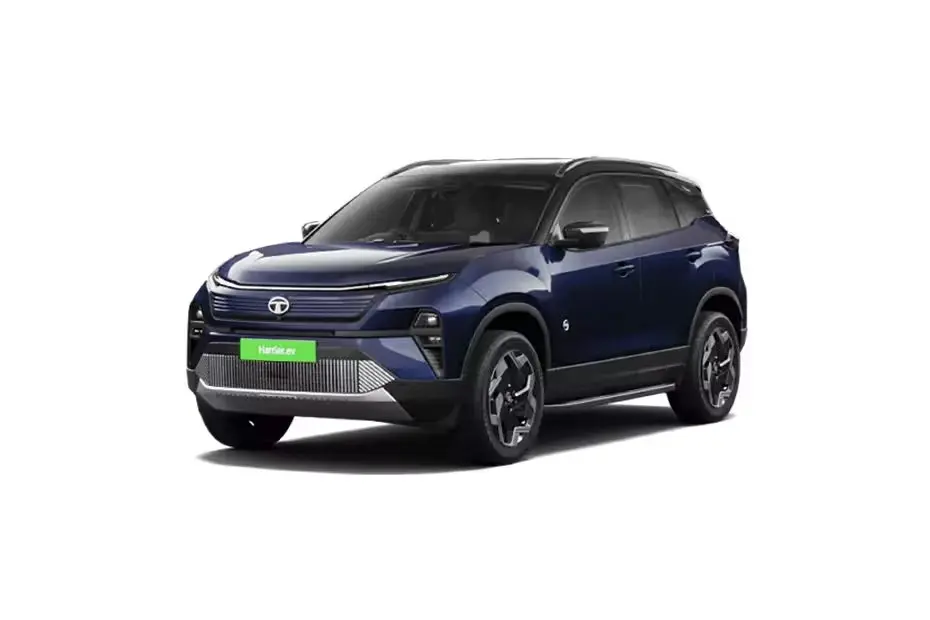
Overview: The Tata Harrier EV is set to become Tata’s flagship electric SUV. Based on the popular Harrier ICE platform, this EV variant will offer a blend of power, luxury, and sustainability, cementing Tata Motors’ leadership in the green SUV category.
Electric Powertrain & Battery: Expected to house a large 60–65 kWh battery and an all-wheel-drive dual-motor setup. Power output could cross 200 bhp, making it one of the most powerful EVs in its class.
Key Features: Projected highlights include a large touchscreen, panoramic sunroof, ADAS, V2V (Vehicle-to-Vehicle) charging capability, premium upholstery, and terrain management.
Environmental Impact: By converting one of its best-selling ICE SUVs to electric, Tata helps reduce carbon emissions in the premium car segment. Harrier EV’s size and range make it ideal for long-distance emission-free travel.
Range & Charging: Expected range: 500–550 km. It will support 150 kW fast charging, enabling 100 km top-ups in under 15 minutes—ideal for highway runs.
Everyday Usability: Designed for families, adventurers, and long-haul commuters. It blends comfort with ruggedness, perfect for both daily office use and vacations across states.
On-Road Price (Expected – 2025): ₹27 lakh – ₹30 lakh, entering the premium EV space while maintaining Tata’s affordability edge.
7. Tata Altroz CNG & Hybrid – Efficient Bridge to Full Electrification
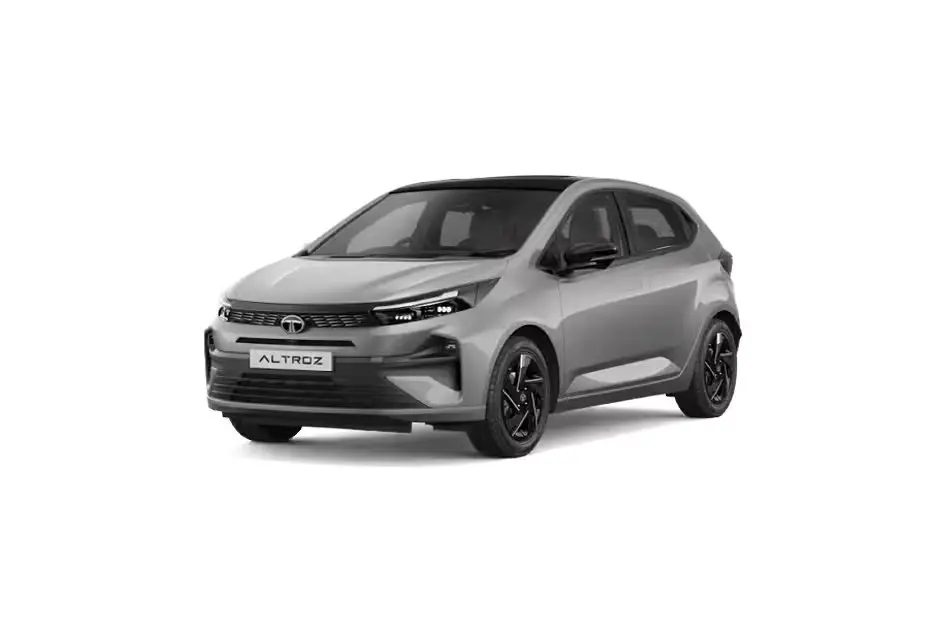
Overview: The Tata Altroz is known for its build quality and design, and with upcoming hybrid and CNG versions, it reinforces Tata Motors’ goal of offering green options even beyond EVs. These variants provide an eco-friendly alternative to traditional petrol cars.
Powertrain: The Altroz iCNG uses a 1.2L Revotron engine with dual-cylinder CNG tanks, ensuring zero compromise on boot space. The upcoming hybrid is expected to use mild hybrid tech with start-stop functionality and regenerative braking for improved mileage.
Key Features: Touchscreen infotainment, dual airbags, auto climate control, rear AC vents, and voice commands. The hybrid may get enhanced telematics and drive modes.
Environmental Impact: CNG emits significantly less CO₂ and NOx compared to petrol/diesel. Hybrid tech lowers emissions in urban stop-go traffic, offering a clean and affordable middle ground before transitioning to EVs.
Range & Efficiency: Altroz iCNG delivers 26–28 km/kg, while the hybrid version is expected to offer 23+ km/l. Perfect for reducing fuel bills and carbon output.
Everyday Usability: Ideal for commuters who want green mobility without the limitations of EV infrastructure. Great for cities where charging stations are limited.
On-Road Price (2025):
Altroz iCNG: ₹8.90 lakh – ₹9.70 lakh
Altroz Hybrid (expected): ₹10 lakh – ₹11.50 lakh
Key Technologies Powering Tata’s Green Cars
Ziptron EV Architecture: The Core of Performance & Safety
At the heart of Tata’s EV innovation is the Ziptron technology platform. Designed for high performance and reliability, Ziptron ensures seamless power delivery, long battery life, and enhanced safety, making it the foundation of how Tata Motors is leading green mobility.
Regenerative Braking for Better Efficiency
All Tata EVs come equipped with multi-level regenerative braking. This feature converts braking energy into electric power and feeds it back into the battery, improving driving range, especially useful in city traffic.
Connected Car Tech: Smarter, Greener Driving
Tata’s EVs include connected features such as remote battery monitoring, range estimation, location tracking, remote climate control, and vehicle diagnostics through apps like ZConnect. These real-time features help users drive more efficiently and plan better.
Battery Safety: Built to Withstand Indian Roads
Tata Motors adheres to IP67-rated battery protection for dust and water resistance. The thermal management system ensures stable performance in all weather conditions, minimizing the risk of overheating.
Tata’s Charging Ecosystem
In partnership with Tata Power, the company is building a wide network of fast chargers across India. This infrastructure is crucial in supporting EV growth and reducing range anxiety, key to making green mobility mainstream.
Real Impact: How Tata EVs Are Reducing India’s Carbon Footprint
Quantifiable CO₂ Reduction from Tata EVs
With over 1 lakh Tata EVs already on Indian roads, the company has helped save more than 100,000 tonnes of CO₂ emissions annually. This tangible impact showcases how Tata Motors is leading green mobility not just in sales, but in climate action.
Battery Lifecycle Sustainability
Tata is developing a closed-loop battery recycling system. From second-life applications to eco-friendly disposal, the company ensures minimal environmental damage over the battery’s lifecycle.
Local Manufacturing & Reduced Emissions
By producing EVs and battery components in India, Tata Motors reduces carbon emissions tied to imports and logistics. Local sourcing also creates green jobs and supports India’s “Make in India” and “Atmanirbhar Bharat” goals.
India’s Net Zero 2070 Goals: Tata’s Contribution
Tata Motors is one of the few Indian automakers aligning its strategy with the national climate commitment of achieving net-zero emissions by 2070. Their efforts in electrification, recycling, and clean manufacturing are key milestones in that journey.
Tata’s EV ecosystem is reducing tailpipe emissions, conserving energy, and building a greener tomorrow. It’s not just about selling cars—it’s about creating real environmental change.
Conclusion: Tata Motors Is Electrifying India’s Roads – Are You Ready to Switch?
With an unmatched portfolio of EVs and hybrid solutions, integrated charging infrastructure, and commitment to sustainability, there’s no denying that Tata Motors is leading green mobility in India today. From the Tiago EV for city riders to the upcoming Harrier EV for adventurers, Tata has a green car for everyone.
Whether you’re a daily office-goer, a student, or a weekend road-tripper, Tata’s electric lineup caters to all needs. Budget-conscious drivers have the Tiago and Tigor EVs, while performance seekers can look forward to the Curvv and Harrier EVs.
Electric vehicles are no longer aspirational—they’re accessible, affordable, and essential. With government incentives, lower running costs, and expanding charging options, switching to EVs is a smart and responsible choice.
Be part of India’s green revolution. Book a test drive, explore Tata’s EV offerings, and make the switch to clean driving. Because the road to a better tomorrow starts with a greener vehicle today.

